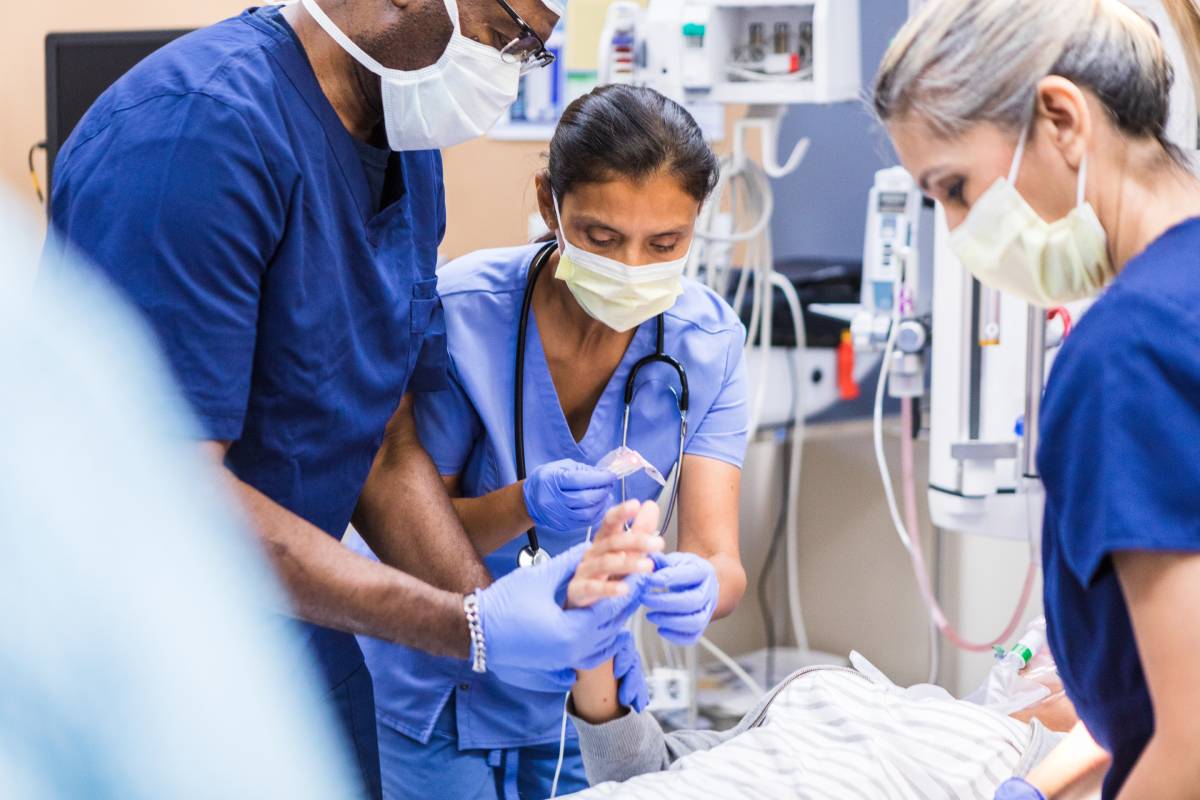Inhalational anesthesia is a common method of administering general anesthesia during surgery. This type of anesthesia involves the delivery of anesthetic gases or vapors that the patient inhales to induce a reversible loss of consciousness, allowing the surgeon to perform procedures while the patient remains pain-free and unaware. Inhalational anesthetics are often used in combination with other drugs, such as intravenous sedatives, to ensure the patient’s safety and comfort. The administration of inhalational anesthesia requires specialized equipment and materials, including the anesthetic agent and an anesthesia machine.
The administration of inhalational anesthesia begins with the preparation of supplies. The most commonly used inhalational anesthetics are volatile agents like sevoflurane, desflurane, and isoflurane. These agents are typically administered through a machine called an anesthetic vaporizer, which is part of the anesthesia delivery system. The vaporizer converts the liquid anesthetic into a gas, which is then mixed with oxygen or air and delivered to the patient.
One of the key pieces of equipment used in administering inhalational anesthesia is the anesthesia machine, which controls the flow of gases and monitors the patient’s vital signs. The machine includes a ventilator, which helps regulate the patient’s breathing, and the vaporizer that ensures that the right concentration of anesthetic is delivered. The anesthesia machine is connected to a breathing circuit, which delivers the gas mixture to the patient either via a mask or a tube inserted into the windpipe.
For some procedures, particularly those that are less invasive or for patients who are not expected to be under anesthesia for long periods, mask anesthesia is used. This involves placing a soft, flexible mask over the patient’s nose and mouth to deliver the anesthetic gases. Mask anesthesia is commonly used in pediatric patients or for adults undergoing minor procedures. The mask is tightly secured to the patient’s face to ensure that the anesthetic gases are effectively inhaled. The anesthetic agents flow into the mask, and the patient breathes them in, inducing anesthesia. An advantage of mask anesthesia is that it is less invasive and can be administered quickly. However, it requires the patient to breathe spontaneously and may not be suitable for longer or more complex surgeries, where deeper anesthesia is needed or where control over the airway is essential. In some cases, patients may initially be given mask anesthesia to help them relax and fall asleep. Then, once the patient is unconscious, the anesthesiologist may switch to a more controlled method, such as intubated anesthesia.
For longer or more complex surgeries, the administration of inhalational anesthesia often requires intubation. In this method, a tube is inserted into the patient’s windpipe (trachea) to secure the airway and provide a controlled route for delivering anesthetic gases and supporting oxygenation. This tube is inserted either through the mouth or, less commonly, the nose while the patient is under deep sedation or anesthesia. The patient is connected to the anesthesia machine, which delivers the gas mixture directly to the lungs. Intubation and extubation require extensive preparation and skill but offer precise control over the patient’s ventilation and ensure a high level of safety for complex procedures.
The primary advantage of intubated anesthesia over mask anesthesia is that it allows the anesthesiologist to maintain complete control over the patient’s breathing and oxygen supply. This is particularly important for surgeries involving the chest, abdomen, or head, where the patient may need to remain perfectly still or where respiratory support is critical. Intubation also protects the patient’s airway from any potential obstructions, such as the risk of stomach contents entering the lungs, which could lead to aspiration pneumonia.
Throughout the administration of inhalational anesthesia, the anesthesiologist carefully monitors the patient’s vital signs, including heart rate, blood pressure, and oxygen levels. In modern anesthesia practice, patient safety is the top priority, and the anesthesia machine is equipped with various monitoring devices that provide real-time information about the patient’s condition. These devices allow the anesthesiologist to adjust the delivery of anesthetic gases as needed, ensuring that the patient remains at an appropriate depth of anesthesia and stable throughout the procedure.

